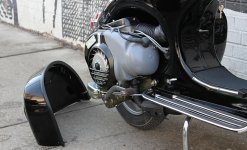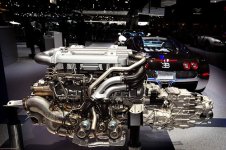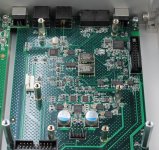Here's a little information on why the USB implementation is so good on the PD2. First of all it's powered 100% by very clean power provided by very low noise, high PSSR regulators on the DAC board. It's isolated from USB noise by the best galvanic isolators available. It uses 2 very low jitter Crystek 957 clocks for the async operation. Because the galvanic isolators add a bit of jitter themselves, the clock is reclocked with a flip flop to eliminate 100% of the jitter caused by the galvanic isolation. So really the signal from the USB is galvanically isolated and reclocked twice. This process not only eliminates jitter, it also provides unparalleled noise isolation from the USB bus. The clocks are also powered with ultra clean power from their own dedicated ultra low noise, high PSSR regulators. Without powering the clocks with ultra clean power, no matter how good the clocks are, you will never get low jitter performance from them. Now on to one of the most important features. The DAC chip is synchronously slaved to the reclocked, clock #2 of the USB interface. This provides the lowest possible jitter performance between the DAC chip and the USB interface, just like the MSB Ethernet renderer does. Most DAC's don't do this. They use mediocre clocks for the USB interface, and send the jitter riddled signal to the DAC chip which is clocked by a different master. Other important features are 4 layer PCB with dual ground planes and extensive via stitching for the ultimate in ground noise isolation. And finally, the DAC chip is located in very close proximity to the master clock and USB interface. All of these attributes are a huge contributing factors to the astonishing performance of this DAC.




